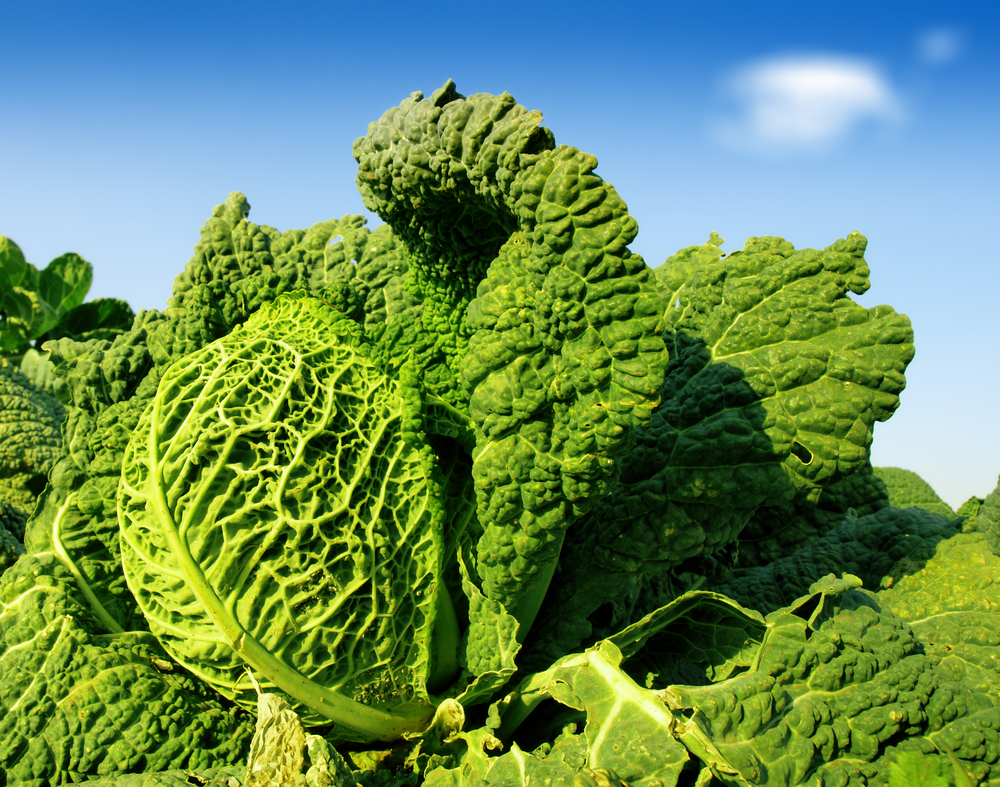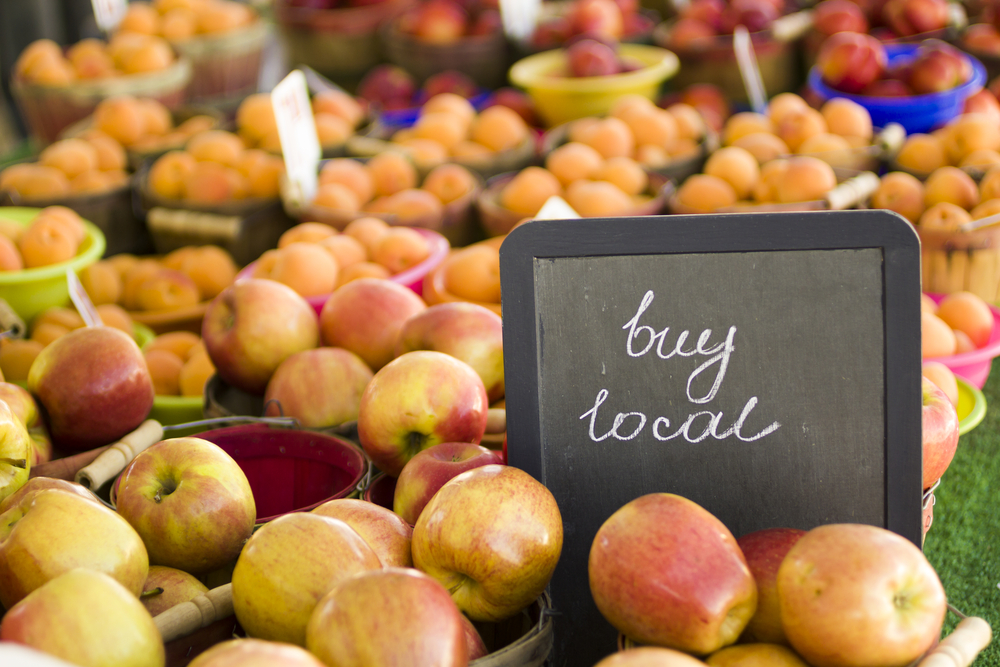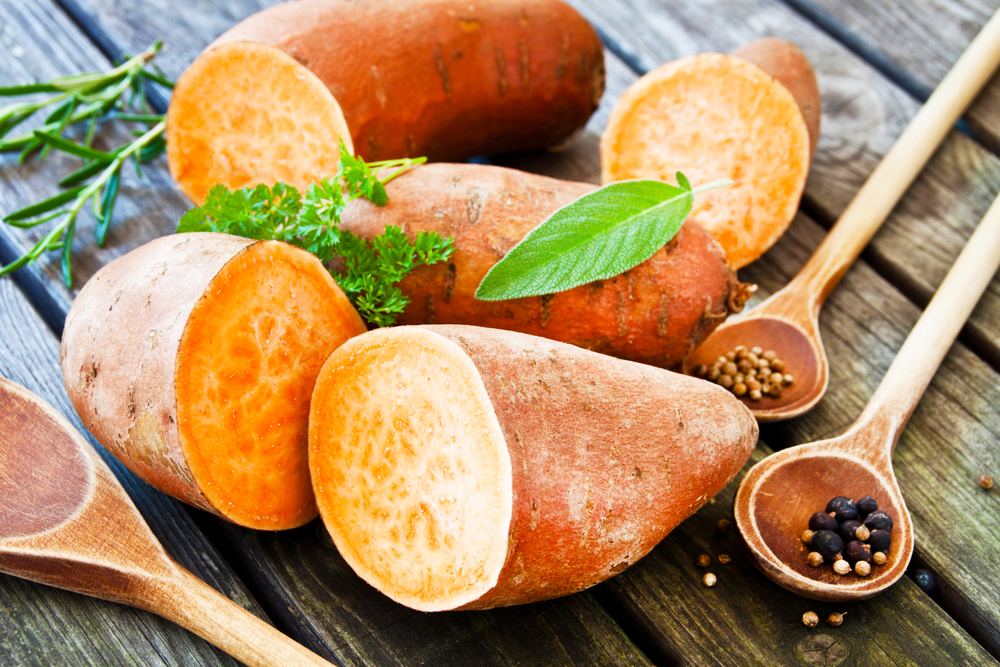
In honor of Earth Day, what can we do individually do to go green?
Many green advocates are talking about shopping local these days. Of course, shopping local can be better because this supports local farmers and promotes energy conservation, among many other reasons.
However in some areas, a variety of local and seasonal foods may not be available for much of the year. Cities like New York and Hong Kong may not be suited to growing certain crops. Most of the land within these cities is used for residential and commercial purposes.
So many of us may end up buying some produces from other parts of the world.
Should you feel guilty buying non-local foods? Not so fast.
Local food is frequently talked about in terms of food miles. Its environmental benefits have mostly been measured in terms of greenhouse gas emissions. However, food’s carbon footprint “can’t be the only measuring stick of environmental sustainability.” Instead, there are other measures you should consider to evaluate your food’s environmental sustainability.
Here are 4 questions you should ask yourself before buying your organic food, even if it is locally grown. The questions below may inspire you to ask why purchasing and eating local organic food isn’t always greener.
#1: How was the food transported?
The energy used to transport food matters. According to an article published by World Watch Institute, trains are 10 times more efficient moving freight than trucks. This means that the greenhouse gas emissions (carbon footprint) from tomatoes trucked in 100 miles away maybe the same as tomatoes shipped by rail 1,000 miles away.
Of course, if you live a few blocks away from the farm, going local maybe the best option.
#2: How was the food grown and farmed?
The environmental impact of food also depends on how the food was grown.
Swedish researcher Annika Carlsson-Kanyama led a study to determine if it was “greener” for Swedes to buy Spanish tomatoes or Swedish tomatoes. She determined that Spanish tomatoes had lower greenhouse-gas emissions vs. those produced in Denmark, even though the transportation distances to Sweden were shorter than for Spanish tomatoes.
This is because Spanish tomatoes were raised in open ground, while Danish tomatoes were raised in heated greenhouses, which required more fossil fuel energy.
Furthermore, some methods of farming are more efficient than others.
For instance, drip irrigation is a more efficient way of farming which uses water effectively, because it uses 40% less water and allows water to be delivered directly to the roots of plants.
In contrast, the conventional approach—the center pivot irrigation—can be wasteful, since farmers are spraying water into the air where a major fraction evaporates. According to the Scientific American, droplets that land on crops are likely to hit the leaves and stalks instead of the roots, causing more evaporation loss.
#3: What are you eating?
The types of foods you eat matter, if not more so than how far your food has traveled.
For instance, red meat and dairy takes more energy to grow, and generates emissions such as methane and nitrous oxide which are many times more potent than carbon dioxide.
According to Weber and Matthews “No matter how it is measured, on average red meat is more GHG-intensive than all other forms of food,” responsible for about 150% more emissions than chicken or fish. And the second-largest contributor to emissions was the dairy industry.
According to the UN Food and Agriculture Organization, FAO estimated that livestock accounts for 18% of all greenhouse gas emissions, more than fossil fuel-based transport combined.
#4: Do you really need to buy that?
Yes, reducing food waste can lower the energy used to produce food. Over 33% of all food globally is wasted. 25% of all freshwater and 300 million barrels of oil that are used to produce food are wasted. By decreasing the amount of food we throw away, we can reduce energy consumption and greenhouse gas emissions collectively, perhaps more so than many of the energy supply policies that have been proposed.
So, what does this mean to you?
- Educate yourself on various farming and transport methods. You have a say to tell farmers to adopt more sustainable way of farming
- Eat, order and purchase what you need
- Keep your extra food and eat them as leftovers. Or you can donate the leftovers to those in need
- Shift your diet by eating less red meat gradually and replace meat with less energy-intensive fruits, nuts, vegetables, beans and grains
Yes, I agree that it is better to purchase something grown locally than the same thing grown far away, assuming all factors such as farming methods, systems etc, are equal.
However, since the food system is quite complex, involving production, transportation, and consumption, I think we should be asking these questions as consumers so we make more informed decisions.
Of course, interacting directly with farmer who grows his/her food fosters trust and and understanding of their farming practices.
Do you only buy local produces? If not, why? Leave a comment!



